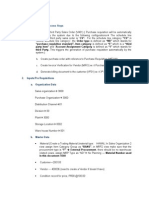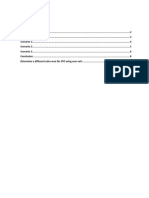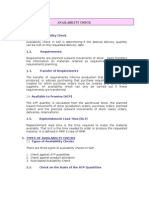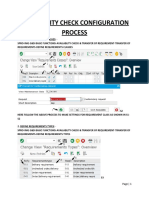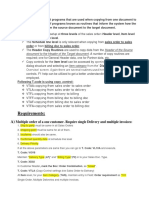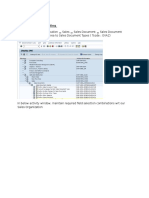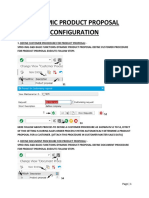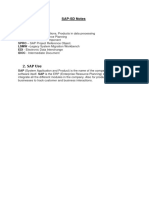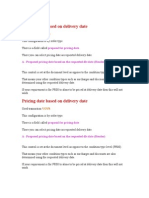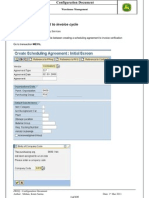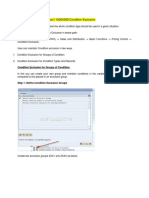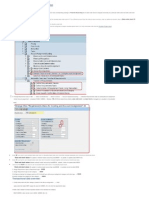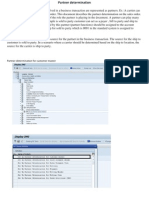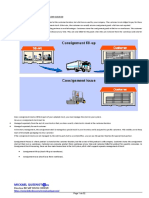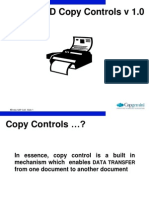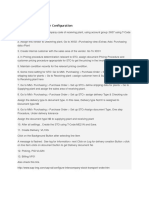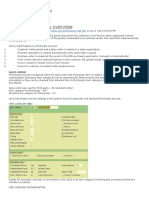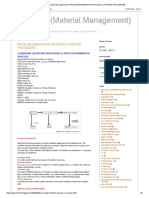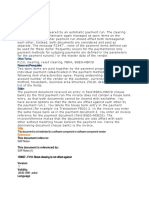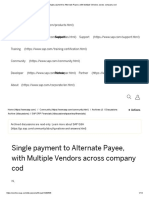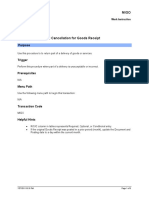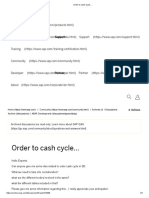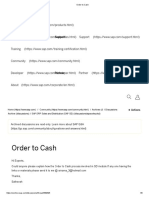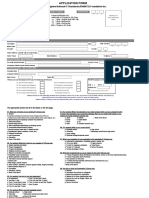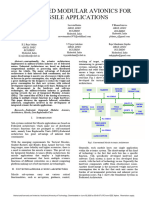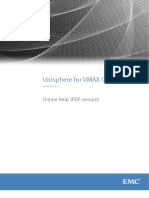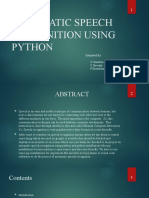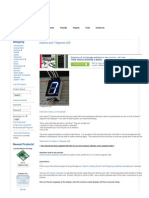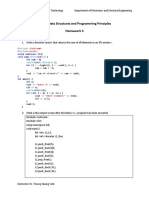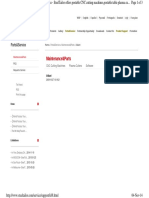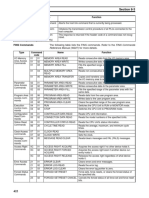0% found this document useful (0 votes)
973 views23 pagesThird-Party Process Overview - SAP Blogs
The document provides an overview of the third-party processing in SAP. It describes the key steps in third-party process including creating a sales order, generating a purchase requisition, creating a purchase order, goods receipt, and invoice receipt. It also discusses the settings and item categories used to enable automatic or manual third-party processing.
Uploaded by
Manas Kumar SahooCopyright
© © All Rights Reserved
We take content rights seriously. If you suspect this is your content, claim it here.
Available Formats
Download as PDF, TXT or read online on Scribd
0% found this document useful (0 votes)
973 views23 pagesThird-Party Process Overview - SAP Blogs
The document provides an overview of the third-party processing in SAP. It describes the key steps in third-party process including creating a sales order, generating a purchase requisition, creating a purchase order, goods receipt, and invoice receipt. It also discusses the settings and item categories used to enable automatic or manual third-party processing.
Uploaded by
Manas Kumar SahooCopyright
© © All Rights Reserved
We take content rights seriously. If you suspect this is your content, claim it here.
Available Formats
Download as PDF, TXT or read online on Scribd
/ 23

